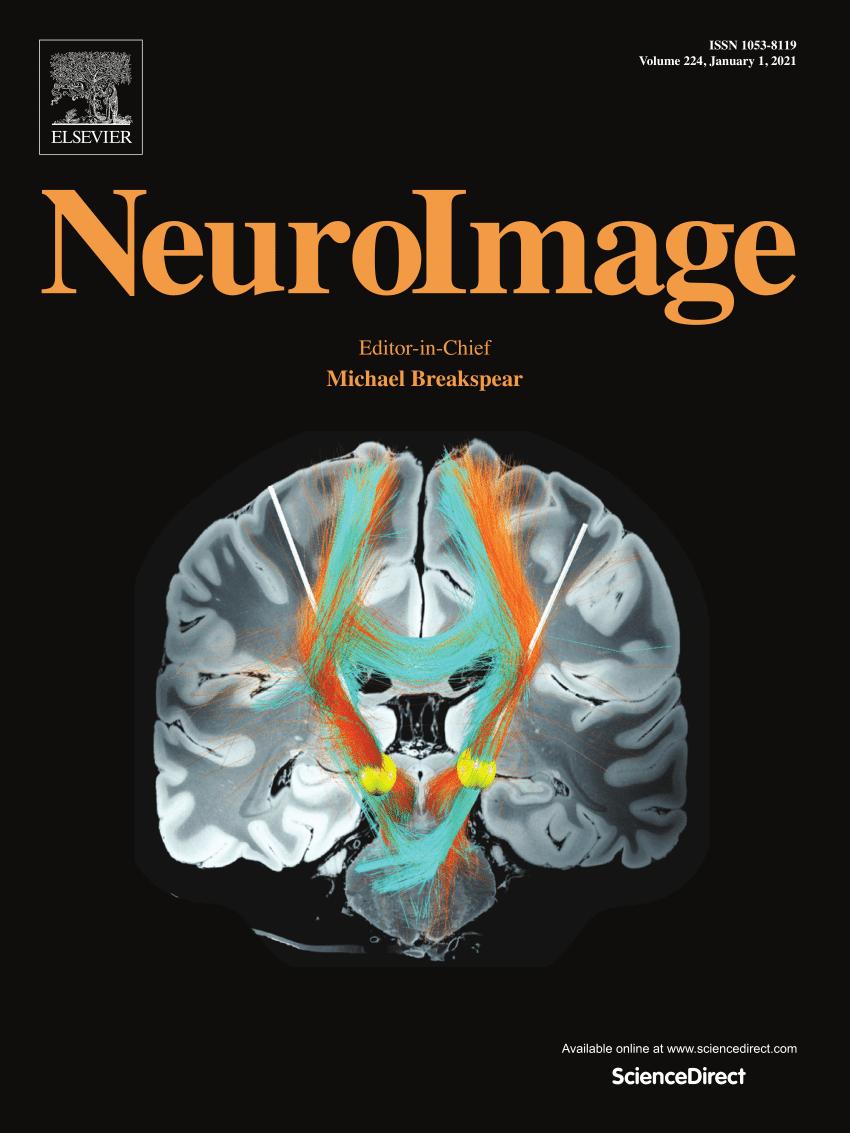青少年女性对身体形象相关网络欺凌的不同神经反应
IF 4.5
2区 医学
Q1 NEUROIMAGING
引用次数: 0
摘要
与身体形象相关的网络欺凌(BRC)以个人的体型、体重和/或大小为目标,与青春期女性的身体不满和不适应饮食行为有关。然而,其神经生物学机制尚不清楚。利用功能性磁共振成像技术,研究了26名女性(14-18岁;image = 15.54),来自纵向青少年大脑研究。BRC刺激在涉及情绪调节(脑岛,前扣带皮层)、视觉处理(枕侧皮质,梭状回)和社会认知(颞极,角回)的区域引发了更大的BOLD反应。最近经历过网络欺凌的青少年在海马旁回和枕侧皮层表现出更大的BOLD反应,而没有身体不满的青少年在尾状核和杏仁核表现出更大的BOLD反应。纵向上,增加的网络欺凌行为与更大的角颞回和中颞回的BOLD反应有关。这些发现为BRC可能影响青少年大脑功能和心理健康的神经生物学途径提供了见解。本文章由计算机程序翻译,如有差异,请以英文原文为准。
Differential neural responses to body image-related cyberbullying in adolescent females
Body image-related cyberbullying (BRC), which targets an individual’s body shape, weight, and/or size, is associated with body dissatisfaction and maladaptive eating behaviours among adolescent females. However, its neurobiological mechanisms remain unclear. Using functional magnetic resonance imaging, we examined neural responses to BRC stimuli in 26 females (14–18 years; Mage = 15.54) from the Longitudinal Adolescent Brain Study. BRC stimuli elicited greater BOLD responses in regions implicated in emotional regulation (insula, anterior cingulate cortex), visual processing (lateral occipital cortex, fusiform gyrus), and social cognition (temporal pole, angular gyrus). Adolescents with recent cyberbullying experiences exhibited greater BOLD responses in the parahippocampal gyrus and lateral occipital cortex, whereas those without body dissatisfaction showed greater responses in the caudate and amygdala. Longitudinally, increased cyberbullying perpetration was associated with greater BOLD responses in the angular and middle temporal gyri. These findings provide insights into neurobiological pathways through which BRC may influence adolescent brain function and mental health.
求助全文
通过发布文献求助,成功后即可免费获取论文全文。
去求助
来源期刊

NeuroImage
医学-核医学
CiteScore
11.30
自引率
10.50%
发文量
809
审稿时长
63 days
期刊介绍:
NeuroImage, a Journal of Brain Function provides a vehicle for communicating important advances in acquiring, analyzing, and modelling neuroimaging data and in applying these techniques to the study of structure-function and brain-behavior relationships. Though the emphasis is on the macroscopic level of human brain organization, meso-and microscopic neuroimaging across all species will be considered if informative for understanding the aforementioned relationships.
 求助内容:
求助内容: 应助结果提醒方式:
应助结果提醒方式:


